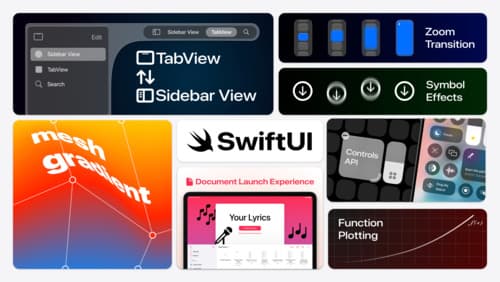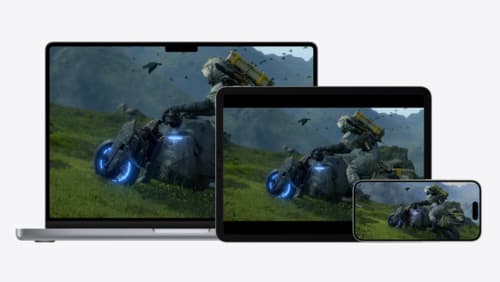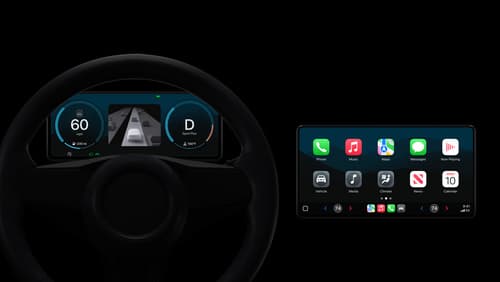How is iOS so responsive?
Asked on 2024-07-30
1 search
iOS is known for its responsiveness due to several key factors:
-
Optimized SDKs and APIs: Apple's SDKs are designed to provide the fastest possible performance. They are fine-tuned and optimized for Apple's platforms and products, ensuring that apps can integrate deeply with platform features like interactive widgets, controls, and Apple intelligence (Platforms State of the Union).
-
Unified Metal Shaders: For game development, unified Metal shaders allow developers to compile shaders once and deploy them across both macOS and iOS. This unification simplifies the development process and ensures consistent performance across devices (Port advanced games to Apple platforms).
-
Game Mode: iOS 18 introduces a game mode that reduces background activity and Bluetooth latency, improving input and headphone responsiveness. This mode can be automatically enabled for games, ensuring a smoother gaming experience (Port advanced games to Apple platforms).
-
Efficient UI Rendering: The next generation of CarPlay, for example, uses a local UI rendered directly on the vehicle's system with an OpenGL-based renderer. This setup ensures low latency and high responsiveness, even when dealing with high-frequency signals from the car (Meet the next generation of CarPlay architecture).
-
Swift Performance: Performance in Swift is approached by making algorithmic improvements and using tools like Instruments to measure and optimize code. This ensures that apps are not only functional but also efficient and responsive (Explore Swift performance).
These elements collectively contribute to the high responsiveness of iOS, making it a robust and efficient platform for both developers and users.

What’s new in SwiftUI
Learn how you can use SwiftUI to build great apps for any Apple platform. Explore a fresh new look and feel for tabs and documents on iPadOS. Improve your window management with new windowing APIs, and gain more control over immersive spaces and volumes in your visionOS apps. We’ll also take you through other exciting refinements that help you make expressive charts, customize and layout text, and so much more.

Port advanced games to Apple platforms
Discover how simple it can be to reach players on Apple platforms worldwide. We’ll show you how to evaluate your Windows executable on Apple silicon, start your game port with code samples, convert your shader code to Metal, and bring your game to Mac, iPhone, and iPad. Explore enhanced Metal tools that understand HLSL shaders to validate, debug, and profile your ported shaders on Metal.

Meet the next generation of CarPlay architecture
Dive into the architecture for the next generation of CarPlay. Learn how your vehicle system works with iPhone to create a single cohesive experience that showcases the best of your car and iPhone. Learn how UI is rendered and composited, and explore ways to configure and customize a special experience for each vehicle model. This session is intended for automakers and system developers interested in the next generation of CarPlay.
